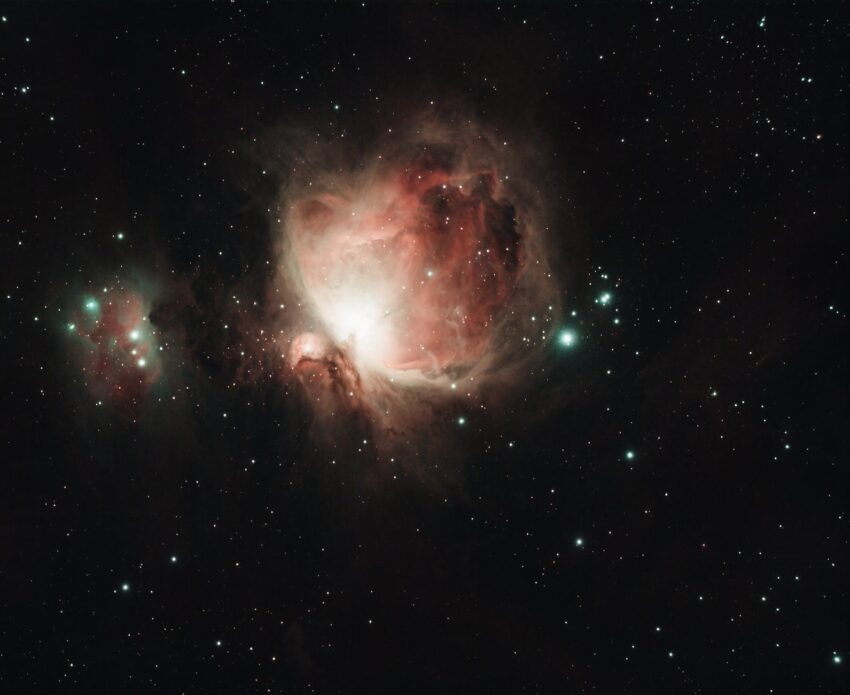The widespread cultural depiction of psychedelic substances often verges on the mystical and otherworldly. However, the underlying science of psychedelics and how they affect the brain unfolds a fascinating narrative that combines biochemistry, neurology, and psychology. This article aims to delve into the scientific mechanisms, particularly the role of neurotransmitters such as serotonin, that allow for the transformative experiences brought about by psychedelic compounds, and their potential in psychedelic therapy.
Psychedelics, or hallucinogens, are a class of drugs that produce unique and powerful changes in perception, mood, and cognitive processes. These include substances such as LSD, psilocybin (found in magic mushrooms), and mescaline (found in peyote). These profound alterations are the evocative end-results of complex interactions between these compounds and the brain’s intricate wiring.
Psychedelics predominantly impact the brain by interacting with serotonin receptors. Serotonin, a neurotransmitter crucial for mood regulation, sleep, and appetite, among other functions, is chemically similar to most psychedelics. This affinity allows these substances to bind to and activate serotonin receptors, particularly the 5-HT2A subtype. This receptor has a high density in the cortex, the brain’s outer layer responsible for our most complex cognitive processes.
It is the activation of these receptors that seems to instigate the complex cascade of effects noted in psychedelic experiences. The release of a neurotransmitter known as glutamate increases in certain parts of the brain, leading to enhanced communication between various brain regions. Additionally, new, temporary neural pathways are established, creating unique networks that can lead to the often-reported feeling of “expanded consciousness.”
Yet, the effects psychedelics have on the brain are not confined to the experience duration and often leave lasting impressions on the user. Notably, these substances tend to decrease the connectivity within the brain’s “default mode network” (DMN), a network of brain regions that are active when the brain is at wakeful rest, and deactivated when engaged in tasks.
Interestingly, a hyperactive DMN is often linked to rumination and excessive self-focus — characteristics seen in conditions such as depression and anxiety. The potential ‘resetting’ effects on the DMN activity seen following psychedelic use provides a molecular framework to understand the promising results of psychedelic therapy in the treatment of these conditions.
Moreover, fMRI studies have illuminated the neural underpinnings of the altered states of consciousness reported during psychedelic experiences. These states, often reported with spiritual or mystical undertones, arise from a significant shift in brain activity patterns, particularly involving areas implicated in self-awareness and introspection. Here, psychedelics increase global connectivity, creating a more integrated or ‘unified’ brain.
These findings not only provide a better understanding of the brain’s capabilities but are propelling novel research and therapies. Psychedelic therapy, an emergent field that refers to the therapeutic use of psychedelic substances, typically in conjunction with psychotherapy, is demonstrating potential in treating a range of mental health disorders. Ideally crucial to these therapeutic benefits are the extended sense of connection and empathy, and the introspective insights gained during psychedelic experiences, largely due to the alterations in brain activity.
Given the extensive backlash against psychedelics during the 20th century, the resurgence of interest in their therapeutic potential backed by rigorous scientific inquiry is noteworthy. While we are only beginning to unravel the remarkable ways such substances interact with our brains, the revolutionizing potential of psychedelics is gradually reshaping the landscape of mental health and neuroscience.
The scientific understanding of the effects of psychedelics on the brain is a fascinating intersection of neurobiology, psychology, and therapeutics. As our scientific grasp deepens, we have the opportunity to transform cultural stigma, policy, and treatments in mental health. Ultimately, the journey to unravel the enigmatic world of psychedelics is undeniably intriguing, enlightening, and is poised to change foregone conclusions and revolutionize the face of therapy.
